What Are the Differences Between Liposculpture vs Liposuction?
Body Plastic Surgery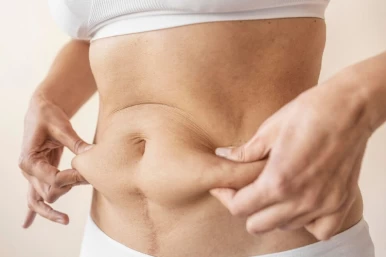
Liposculpture is a cosmetic procedure that has gained popularity in recent years due to its ability to reshape and contour the body. It is a minimally invasive surgical technique that involves the removal of excess fat from specific areas of the body, such as the abdomen, thighs, and arms. This surgery is designed to improve body shape and proportion, resulting in a more aesthetically pleasing appearance. This essay will provide a comprehensive overview of everything you need to know about liposculpture, including its procedure, techniques, recovery time, benefits, risks, and cost. Read on!

What Is Liposculpture?
The liposculpture abdomen procedure is a minimally invasive cosmetic surgery that involves removing unwanted fat from specific body areas to improve its contour and shape. The procedure is typically performed using a small, thin tube called a cannula inserted through small incisions in the skin. The cannula is then used to suction out excess fat cells from the targeted areas, such as the abdomen, hips, thighs, arms, or chin.
Liposculpture is not a weight loss procedure but rather a way to remove stubborn pockets of fat that are resistant to diet and exercise. Liposculpture abdomen can result in a more sculpted and contoured midsection compared to traditional liposuction techniques. It is important to note that this procedure is not a substitute for a healthy lifestyle and should be used in conjunction with proper diet and exercise to maintain long-term results.
What Is the Difference Between Liposculpture vs Liposuction?
Liposculpture and liposuction surgery are often used interchangeably to refer to the same procedure. However, some plastic surgeons may use the term "liposculpture" to refer to a more precise and targeted form of liposuction that is focused on sculpting and contouring specific areas of the body rather than simply removing excess fat.
The difference between liposuction and liposculpture lies in the precision and refinement of the technique. Liposculpture aims to achieve a more aesthetically pleasing outcome by precisely sculpting and shaping the body contours. In contrast, traditional liposuction may be employed for larger areas of fat removal without the same level of detail and precision.
Aspect | Liposuction | Liposculpture |
Procedure | Removes excess fat from targeted areas using a suction device | Removes excess fat while sculpting and contouring targeted areas |
Precision | Generally less precise | More precise and detailed |
Focus | Primarily focuses on fat removal | Focuses on sculpting and shaping the body contours for a more refined appearance |
Technique | Traditional technique | Advanced technique with a focus on aesthetics and contouring |
Result | This can result in smoother body contours and reduced fat volume | Can achieve more sculpted and defined body contours |
Recovery Time | Typically requires a shorter recovery time compared to liposculpture | It may require a longer recovery time due to more detailed sculpting |
Suitability | Suitable for larger areas of fat removal | Suitable for targeted areas requiring |
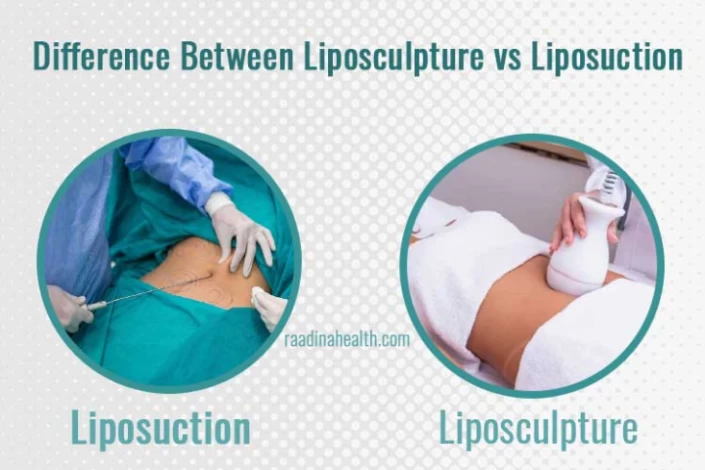
How Does Liposculpture Work?
Liposculpture is typically performed under local or general anesthesia, depending on the extent of the procedure and the patient's preferences. The procedure works by using a small, thin tube called a cannula to remove excess fat from specific areas of the body. The cannula is inserted through tiny incisions in the skin and is moved back and forth to break up and suction out the fat cells. Generally, the steps of performing liposculpture are as follows:
- Anesthesia: The procedure typically begins with the administration of local or general anesthesia, depending on the extent of the procedure and the patient's preferences.
- Incisions: Once the anesthesia takes effect, the surgeon makes small, inconspicuous incisions in the targeted areas of the body.
- Cannula Insertion: A small, thin tube called a cannula is inserted through these incisions. The cannula is used to remove excess fat from specific areas of the body.
- Fat Removal: The surgeon moves the cannula back and forth within the targeted areas to break up and suction out the fat cells.
- Fat Refinement (Optional): In some cases, the extracted fat may be refined, treated, and relocated to different body parts, such as the cheeks or buttocks, to enhance their appearance.
- Sculpting and Contouring: Throughout the procedure, the surgeon employs various techniques to sculpt and contour the body. This may involve removing fat from certain areas while leaving others untouched to create a more defined silhouette.
- Specialized Techniques: The surgeon may also utilize specialized techniques, such as ultrasound or laser-assisted liposuction, to help break up and remove fat cells more effectively.
- Closing Incisions: Once the desired contouring has been achieved, the incisions are closed with sutures, and the treated areas may be bandaged or wrapped to support the healing process.
By following these steps, liposculpture helps to sculpt and contour the body, providing patients with a more defined and aesthetically pleasing appearance.
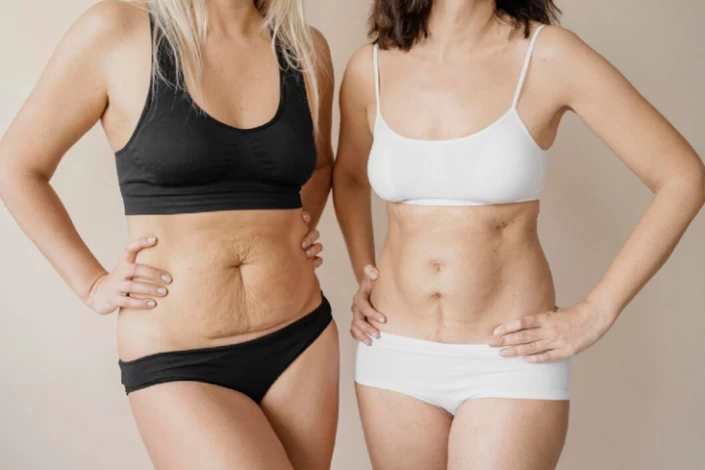
Who Is a Good Candidate for Liposculpture?
A good candidate for liposculpture typically:
- is in good overall health;
- has realistic expectations;
- is at or near their ideal weight;
- has good skin elasticity;
- is a non-smoker;
- is committed to a healthy lifestyle.
What Are the Types of Liposculpture?
There are three main techniques for liposculpture:
- Power-assisted liposculpture (PAL) uses a specialized cannula that vibrates rapidly to break up and remove fat cells;
- Ultrasound-assisted liposculpture (UAL) uses ultrasound energy to liquefy fat cells before they are removed from the body;
- Laser-assisted liposculpture, also known as laser liposculpture or laser lipolysis, uses laser energy to target and remove excess fat from specific areas of the body.
The choice of liposculpture technique will depend on the patient's needs and goals, as well as the surgeon's expertise and preference.
How to Prepare for Liposculpture?
It is crucial to follow several important steps to ensure a safe and successful liposculpture procedure.
The first step is to schedule a consultation with a board-certified plastic surgeon who specializes in liposculpture. During this consultation, discussing your goals and providing a detailed medical history is important. The surgeon will carefully assess your candidacy for the procedure and offer personalized recommendations.
In some cases, a thorough medical evaluation, including blood tests and ultrasounds, may be required to assess your overall health and identify potential risks.
Your surgeon may also recommend certain lifestyle changes, such as maintaining a healthy diet, staying hydrated, getting regular exercise, and avoiding smoking and excessive alcohol consumption, to optimize your results and minimize any potential complications.
Furthermore, providing your surgeon with a comprehensive list of all medications, supplements, and vitamins you are currently taking is crucial. Some of these may need to be adjusted or temporarily discontinued to ensure a safe and successful procedure.
By carefully following these important steps and seeking guidance from a skilled and experienced plastic surgeon, you can better prepare for your liposculpture procedure and increase your chances of achieving the desired results.
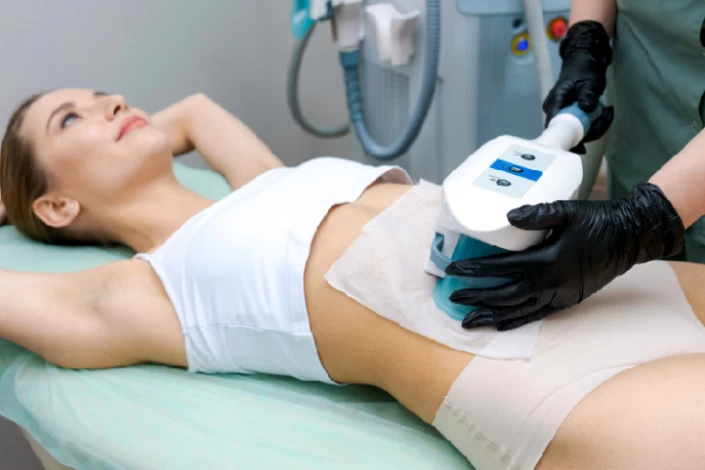
What to Do in Liposculpture Recovery Period?
After undergoing liposculpture, it is common to experience swelling and bruising, which can last for several weeks. To help reduce swelling and support the healing process, your surgeon may recommend wearing compression garments. Additionally, you may experience discomfort, soreness, or pain in the treated areas, for which the surgeon can prescribe pain medication or suggest over-the-counter pain relievers.
The procedure involves small incisions, resulting in minimal scarring. Your surgeon will provide instructions on how to care for the incision sites to promote optimal healing and minimize the appearance of scars. It's important to closely follow the post-operative instructions provided by your surgeon and attend all scheduled follow-up appointments to ensure a smooth recovery and optimal results from the liposculpture procedure.
Post-operative instructions for liposculpture can include:
- Wear compression garments for up to six weeks after the procedure to help reduce swelling and promote skin retraction;
- Avoid strenuous activities and exercise for a few weeks after the procedure;
- Attend all scheduled follow-up appointments with your surgeon to monitor your progress and address any concerns;
- Keep the incision sites clean and dry to prevent infection;
- Watch for signs of infection, excessive swelling, or other complications, and contact your surgeon if you experience any unusual symptoms;
- Maintain a healthy diet and exercise routine to optimize the results of the liposculpture procedure.
How Long Will It Take to See Liposculpture Final Results?
Some improvement in body contour can be seen immediately after liposculpture. However, it can take up to six months for the swelling to fully subside and the final results to become apparent.
Contact us for a free initial consultation about liposculpture surgery.
WhatsAppTelegramFacebookEmail
What Are the Benefits of Liposculpture?
The pros of the liposculpture procedure are as follows:
- Improved body contours;
- Boost in self-confidence;
- Targeted fat removal;
- Reduced recovery time compared to traditional liposuction;
- Permanent results;
- Improved health.
What Are the Complications of Liposculpture?
The side effects associated with liposculpture can include:
- Anesthesia risks;
- Infection;
- Bleeding;
- Swelling and bruising;
- Scarring;
- Numbness or altered sensation;
- Skin burns;
- Fluid build-up under the skin (edema and lymphoedema);
- Nodular fibrosis (Hard lumps under the skin);
- Rippling or uneven contour;
- Changes in skin color (hyperpigmentation)
- Fluid accumulation, known as seroma;
- Deep vein thrombosis (DVT) (rare).
How Much Does Liposculpture Cost in Iran?
The cost of liposculpture in Iran can vary depending on several factors, such as the specific clinic or hospital, the location, the surgeon's experience, and the extent of the procedure required. On average, liposculpture costs in Iran range from $800 to $2,000.
Why Iran for Liposculpture?
The growing popularity of liposculpture in Iran reflects the country's advancements in the field of cosmetic surgery and its commitment to delivering high-quality aesthetic results.
Iran has a well-established healthcare system with highly trained and experienced surgeons. Many Iranian doctors have studied and trained abroad and bring back their expertise to provide quality treatments. Iranian hospitals and clinics are equipped with state-of-the-art technology and modern facilities to ensure a safe and effective liposculpture procedure. These features help to improve the accuracy and precision of the treatment.
Liposculpture in Iran is significantly more affordable than in many other countries. The lower cost does not compromise the quality of the procedure and allows patients to save money while receiving top-notch treatment.
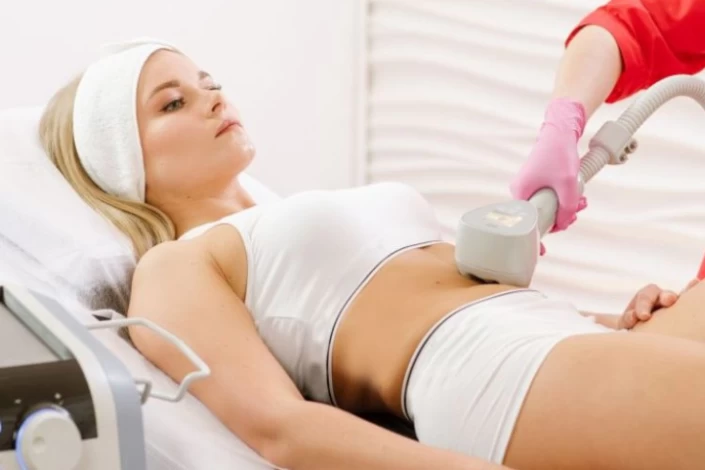
The Bottom Line
Liposculpture offers individuals a highly effective and personalized approach to contouring their bodies. This minimally invasive cosmetic procedure removes excess stubborn fat deposits and enhances the overall shape and silhouette, resulting in improved self-confidence and body image.
Frequently Asked Questions About Liposculpture
1) Can liposculpture be combined with other procedures?
Liposculpture can be combined with other cosmetic procedures, such as a tummy tuck or breast augmentation, for a more comprehensive body transformation.
2) Are the results of liposculpture permanent?
The fat cells removed during liposculpture are permanently eliminated. However, it is essential to maintain a healthy lifestyle to prevent the remaining fat cells in other areas from expanding. Weight gain can affect the overall appearance of the body even after liposculpture.
3) How long does the liposculpture recovery period take?
The recovery time after liposculpture varies from person to person. However, it typically takes about one to three weeks. During this time, patients should avoid strenuous activities and wear compression garments to promote healing and reduce swelling.
4) How long does liposculpture surgery take?
Liposculpture surgery can take 1 to 4 hours, depending on the number of areas being treated and the amount of fat being removed.
5) Is liposculpture painful?
Most patients report mild to moderate discomfort during the liposculpture recovery period, which can be managed with pain medication prescribed by the doctor.
6) Can liposculpture treat cellulite?
Liposculpture primarily targets excess fat so that it may improve the appearance of cellulite to some extent. However, it is not a dedicated treatment for cellulite. Other procedures, such as laser or radiofrequency treatments, may be more effective in reducing the appearance of cellulite.


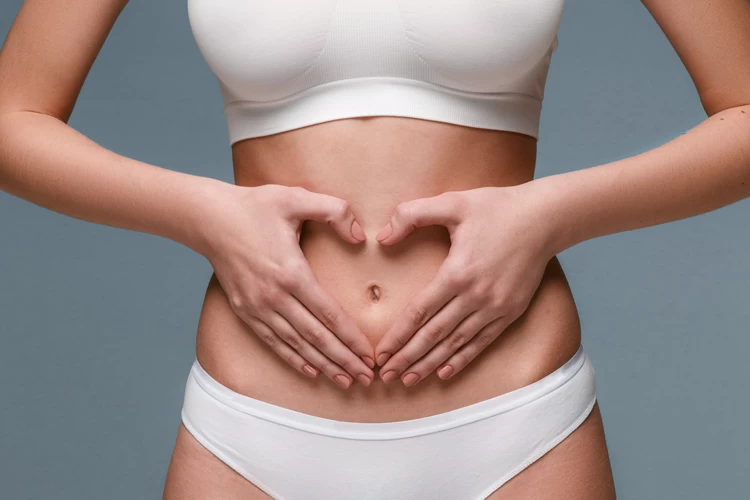

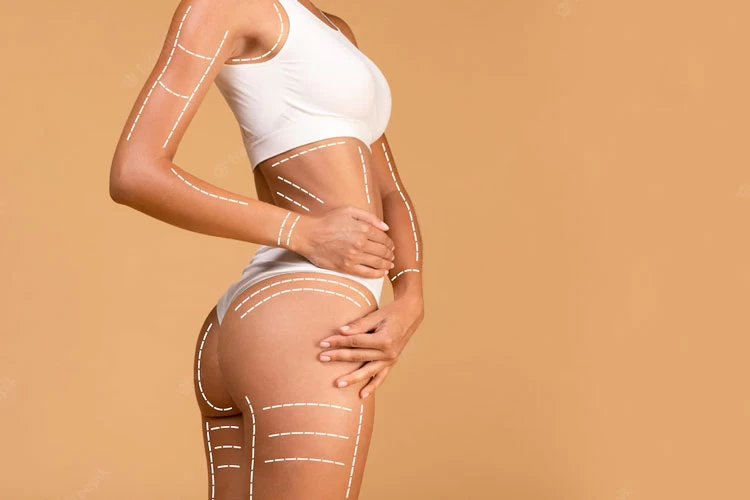
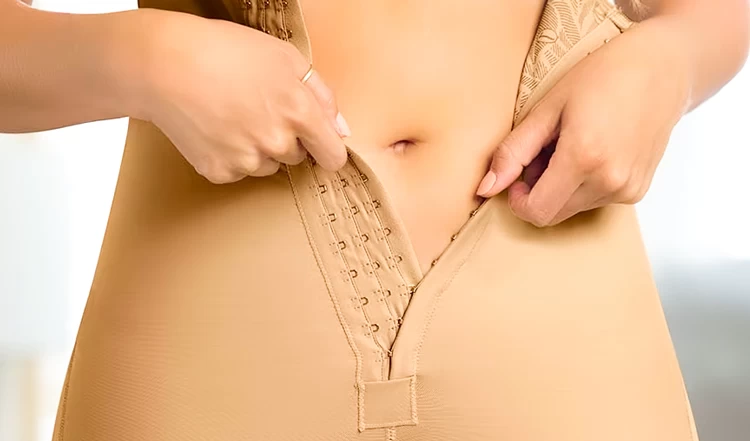



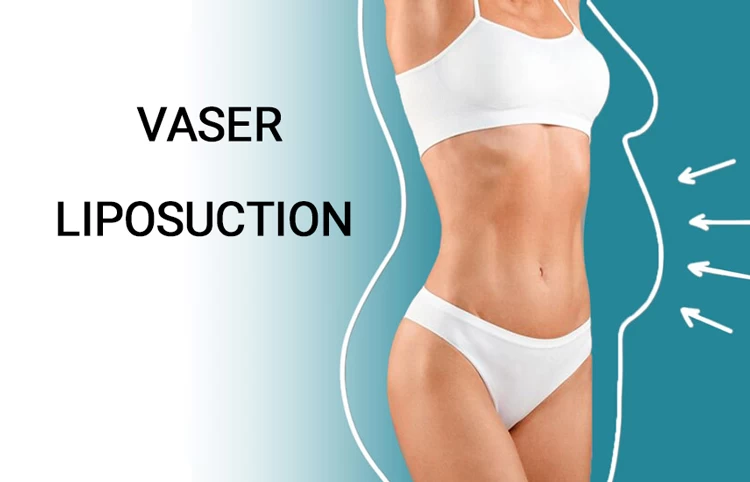
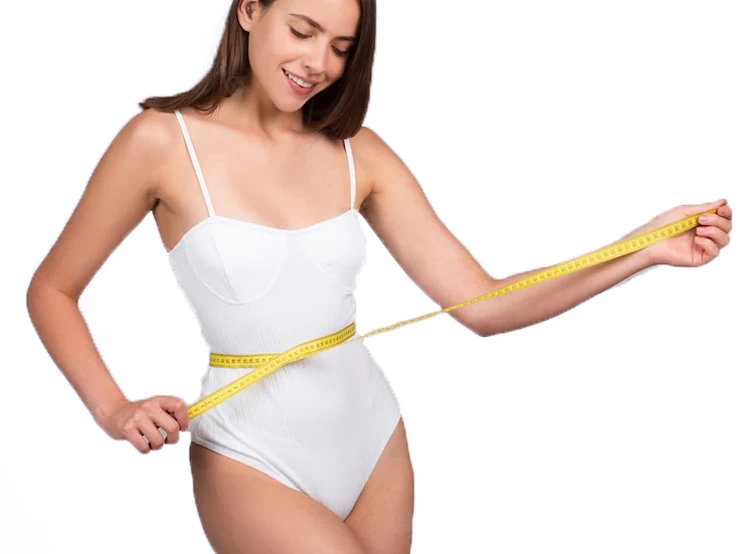
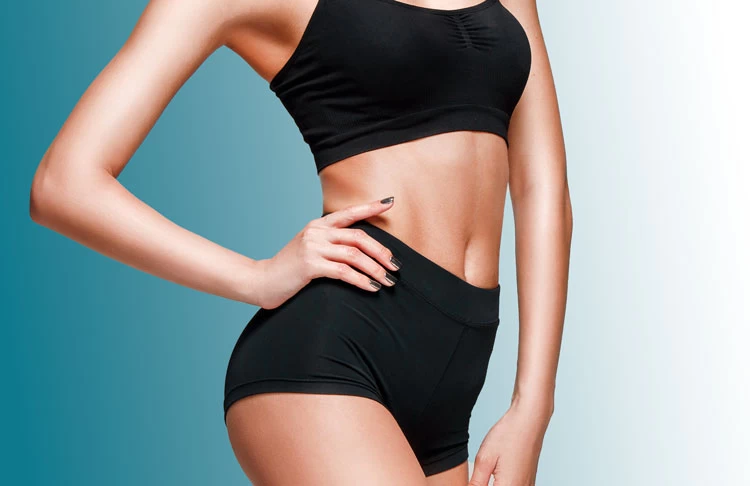
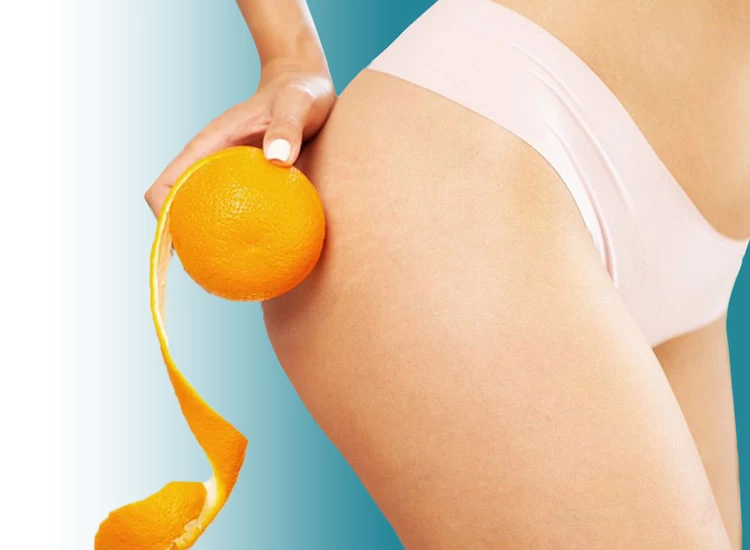
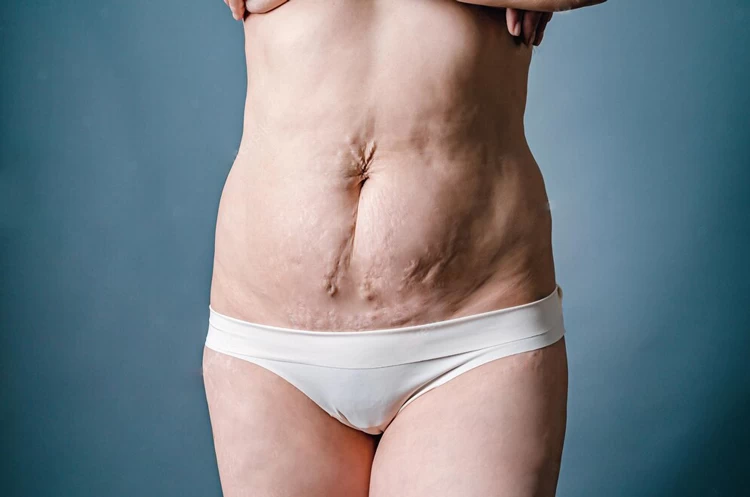
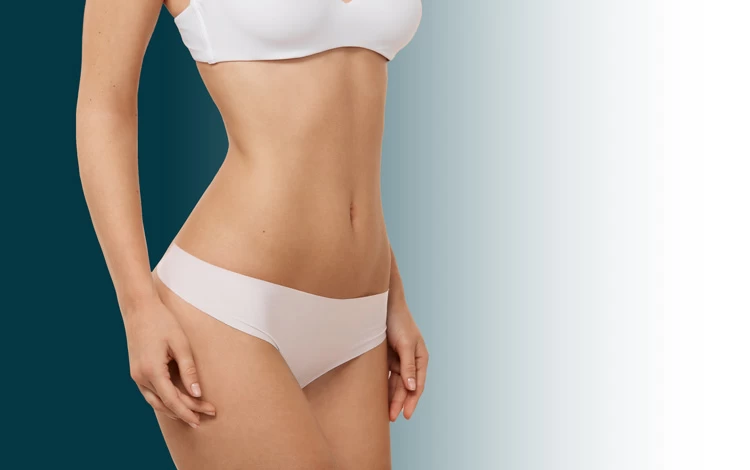
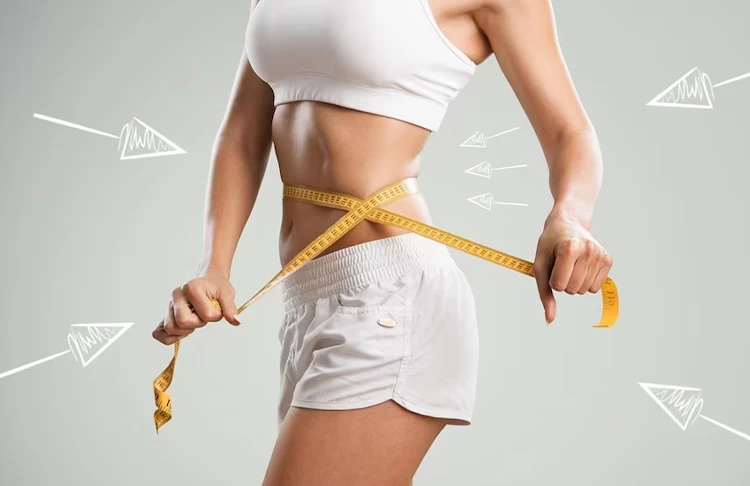
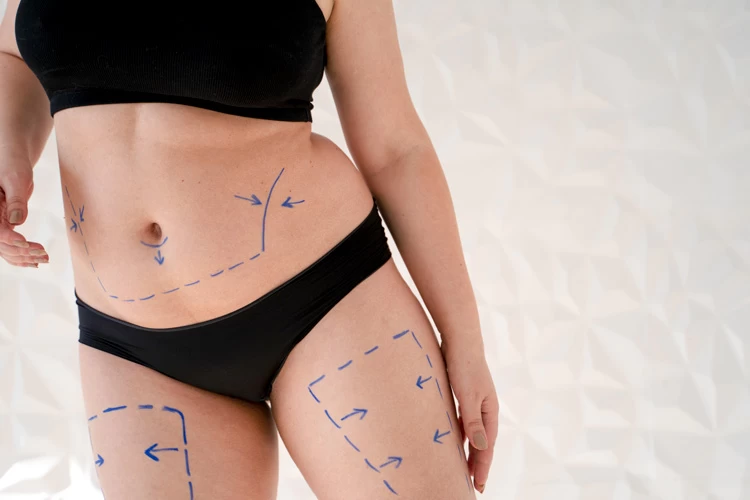
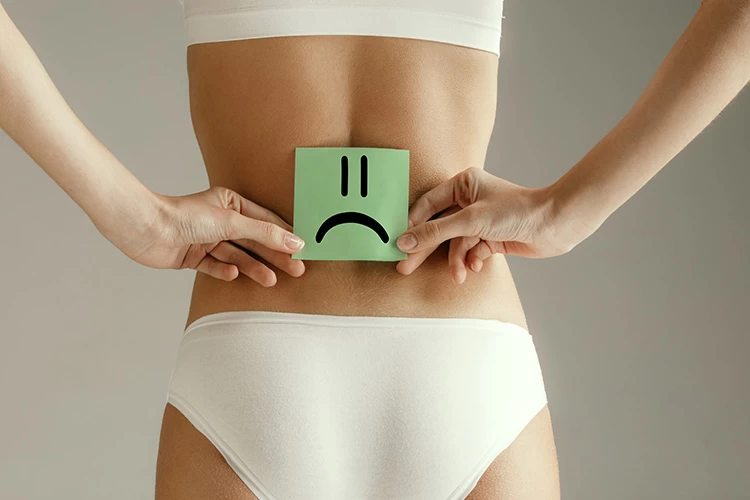

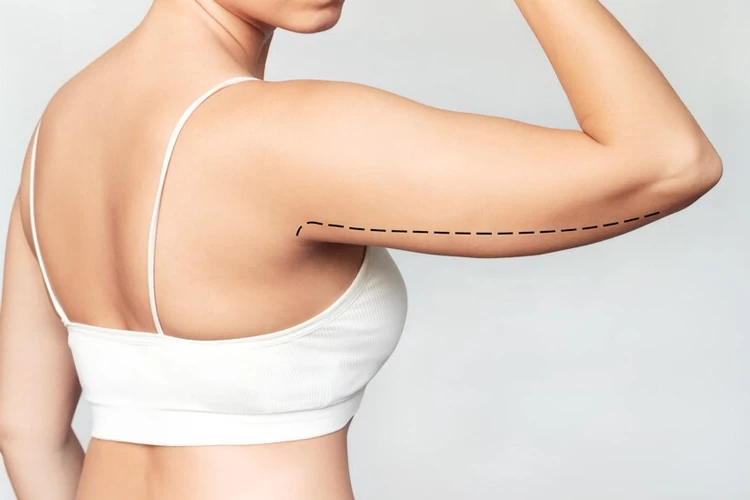
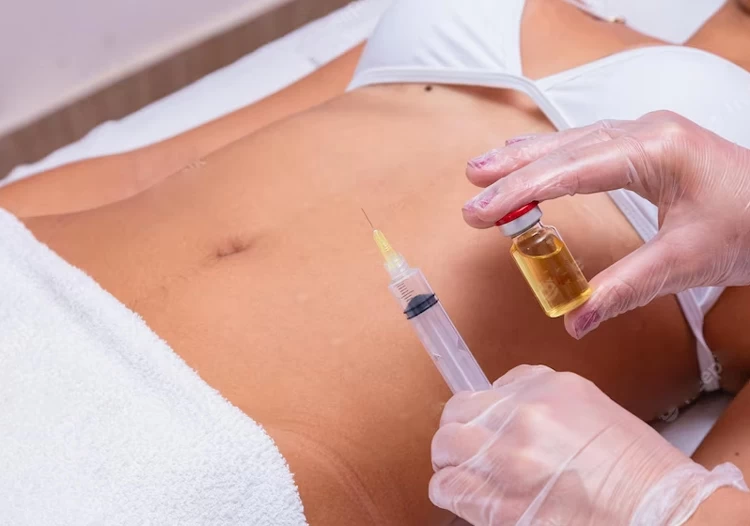
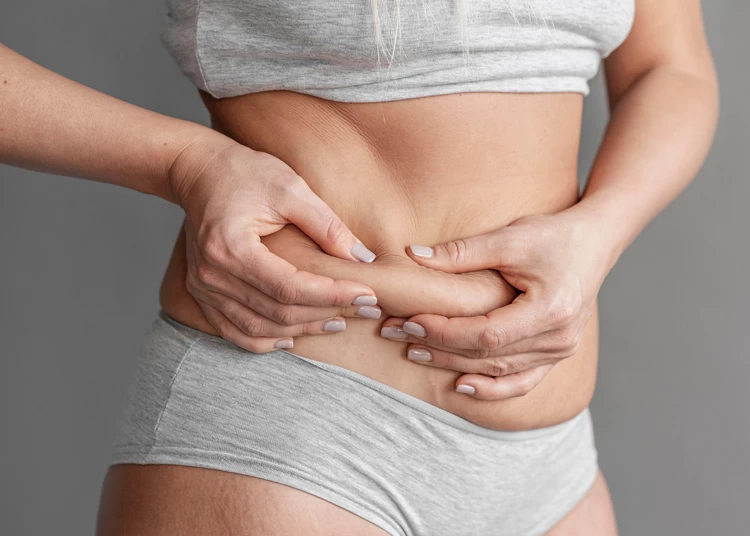

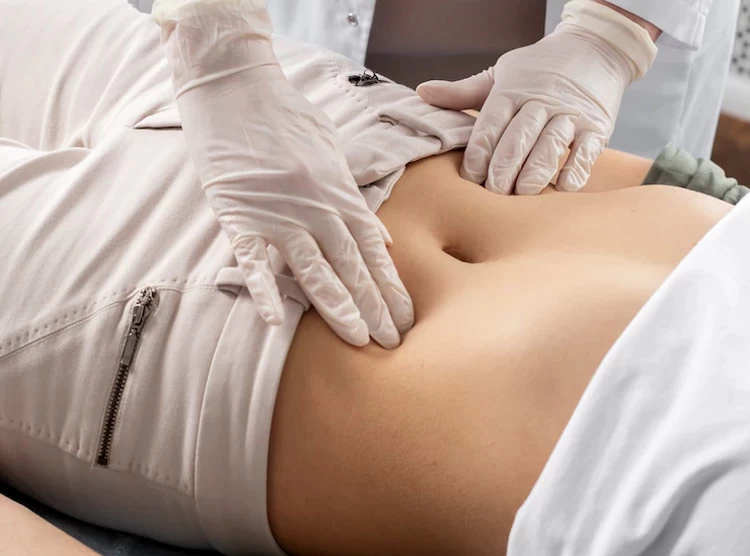

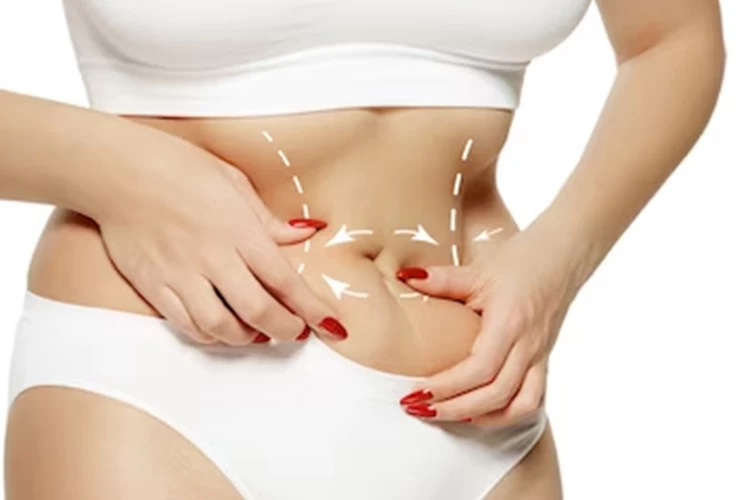
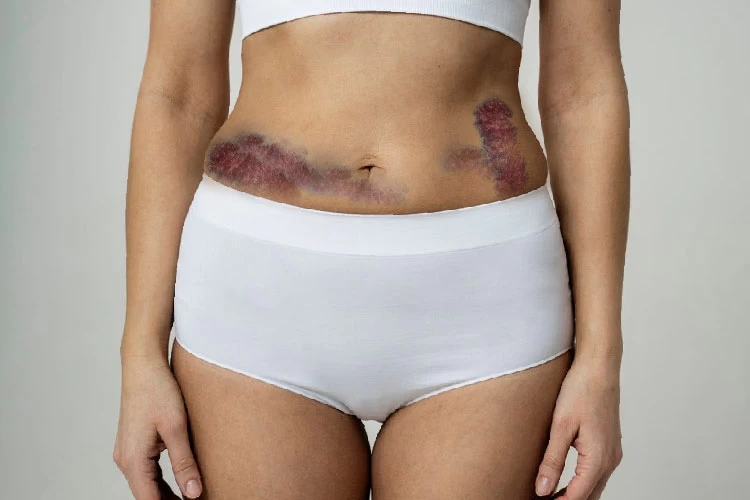
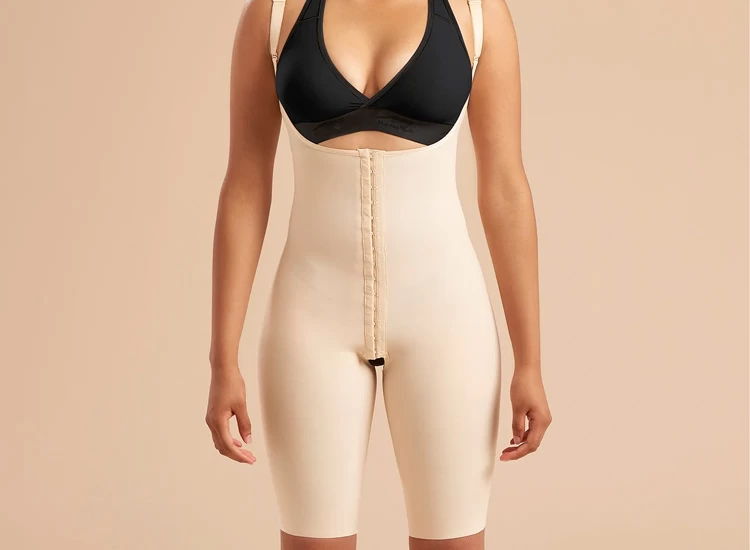
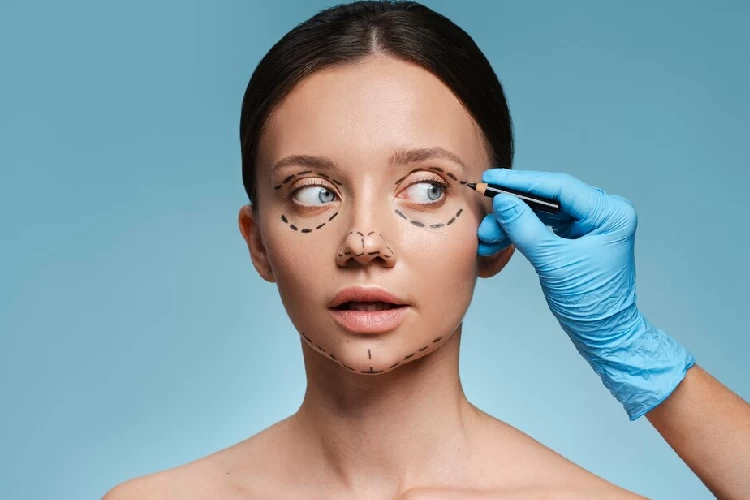
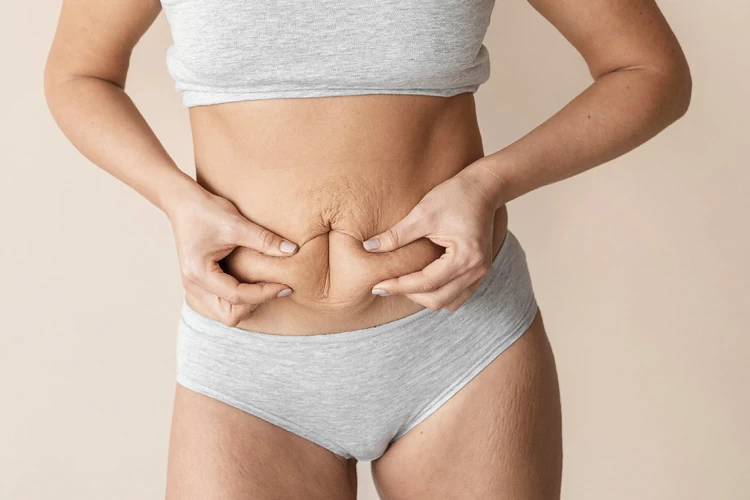
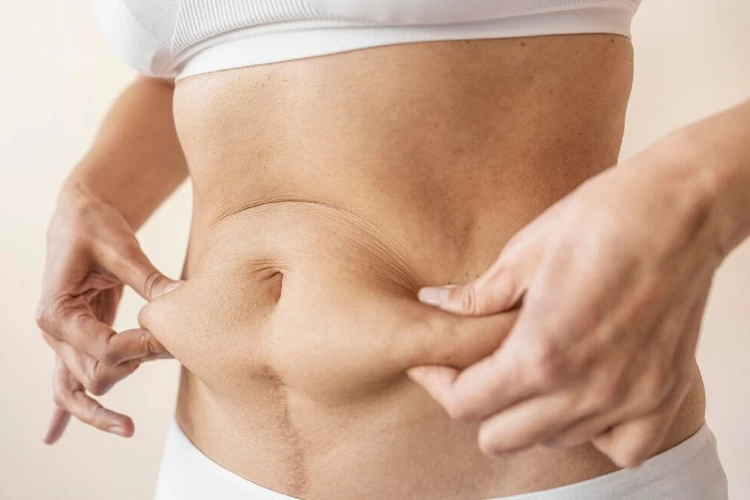

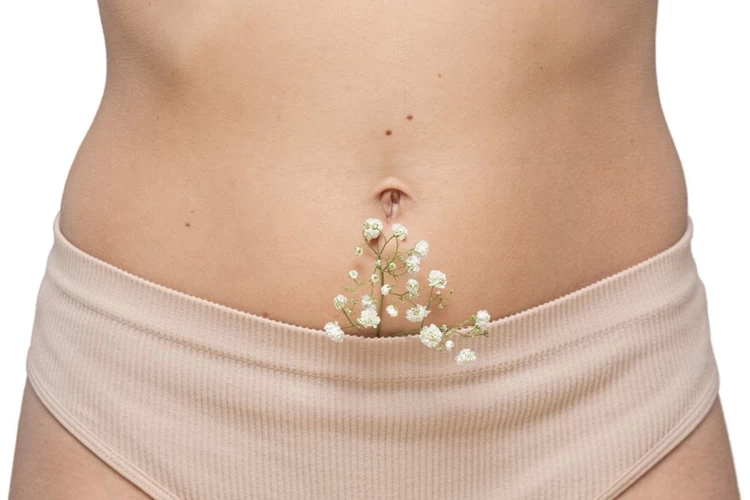
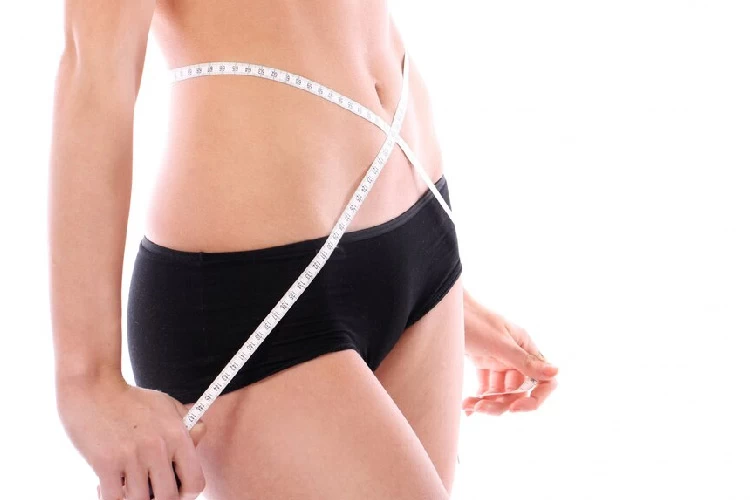

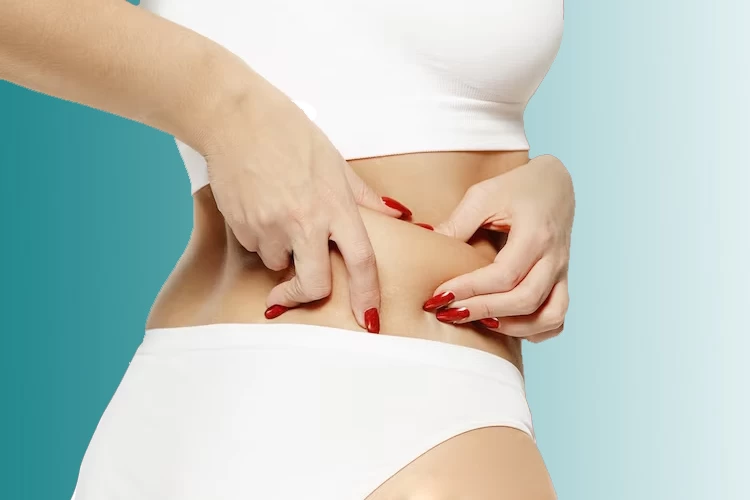
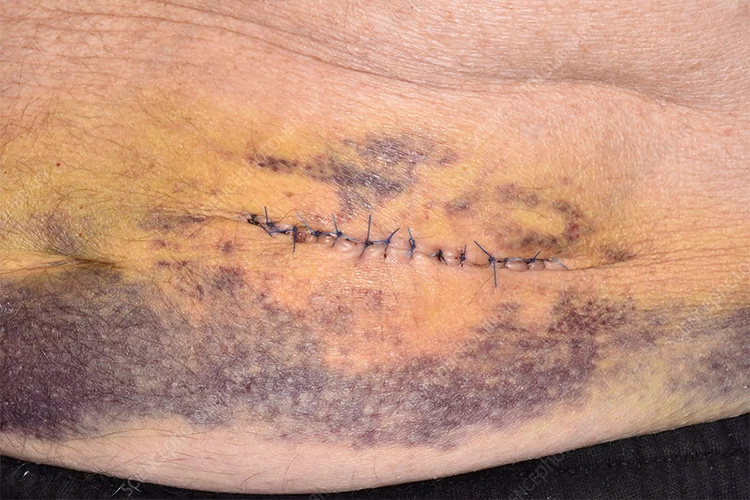
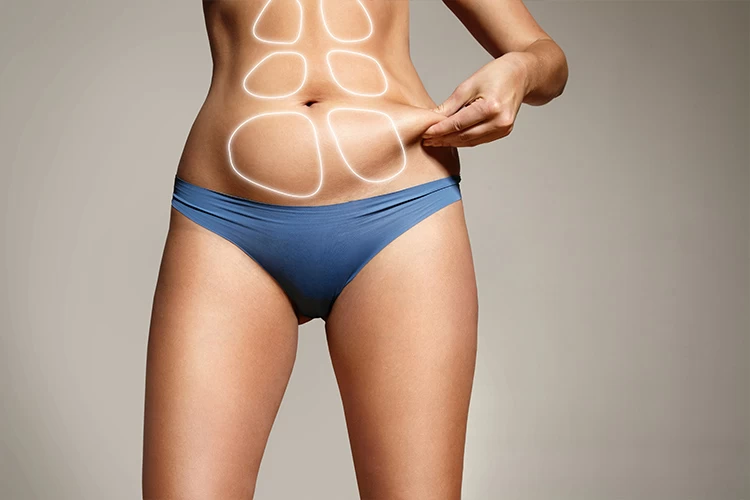
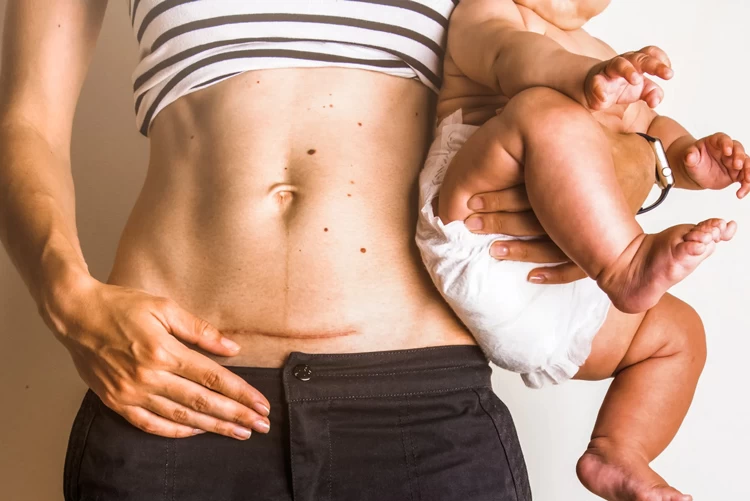

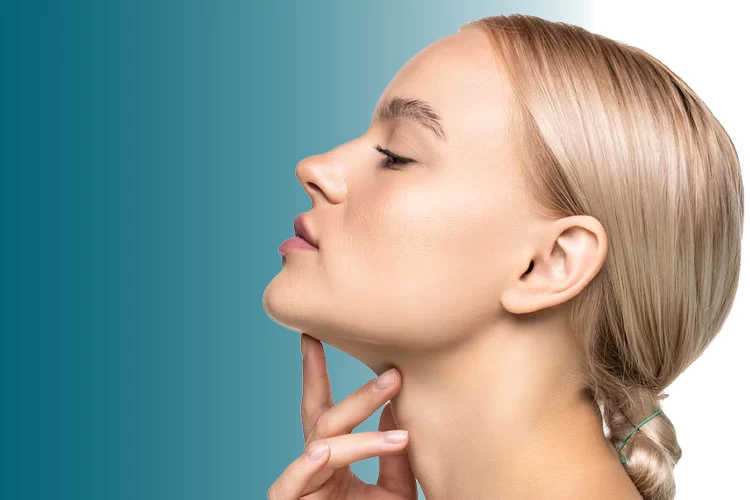
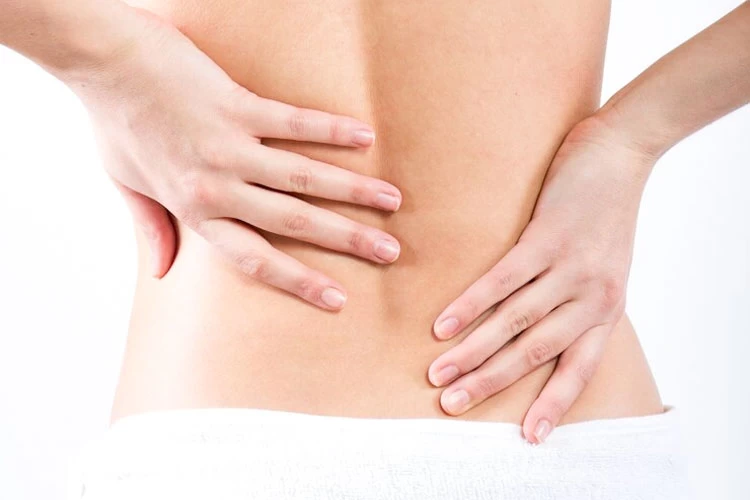
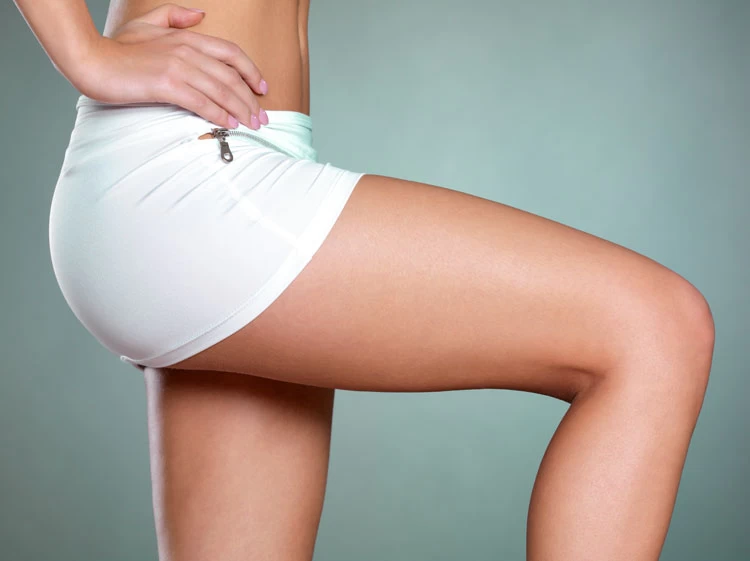
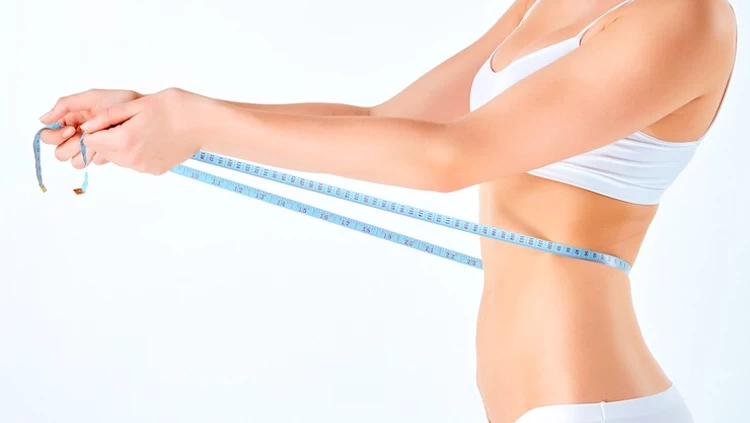
No reviews
Your comment